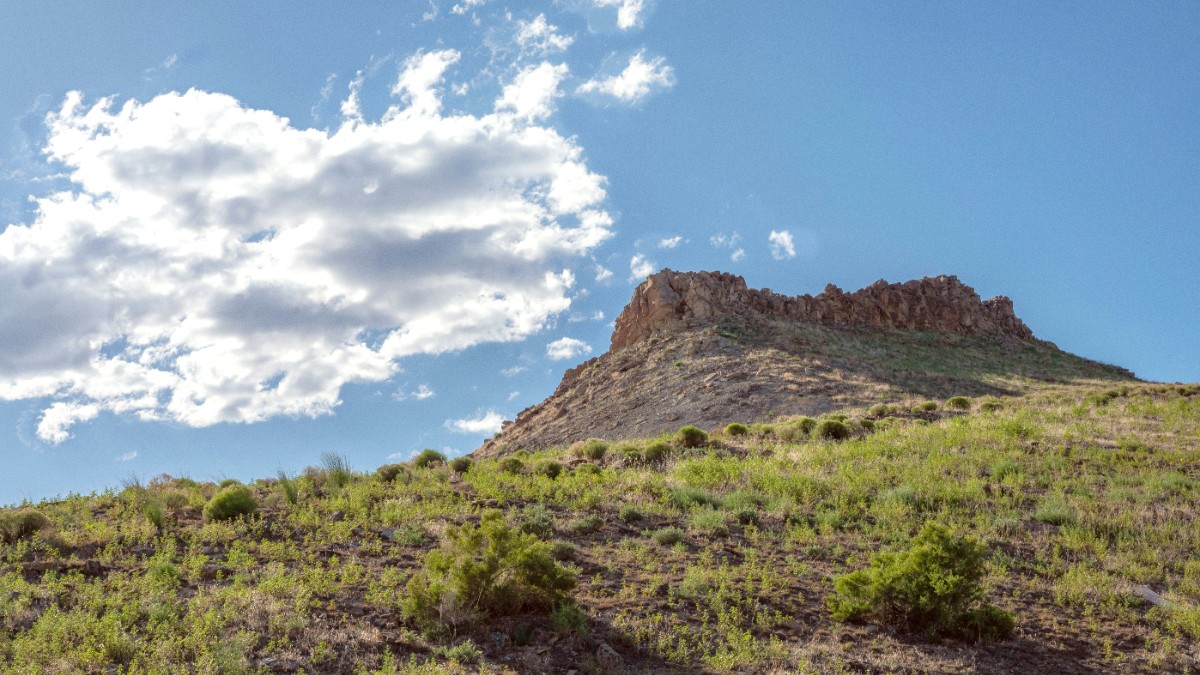
Rocky Mountains, USA
Comprehensive Overview of Public Transit Systems (Metro, Buses, Trams): ValleyRide operates as Boise's public bus system, managed by the Treasure Valley Transit. It mainly serves Boise, Meridian, and Nampa, connecting areas within the Treasure Valley. Boise does not have a metro or tram system.
Route Maps and Important Hubs:
A single ride on a local route costs $1.50. Express routes cost $2.50. If paying cash on board, exact change is necessary. Bus drivers cannot provide change.
A day pass costs $5.50 and allows for unlimited rides on local routes for one day. This option offers good value for travelers planning multiple bus trips. ValleyRide offers 10-ride passes and 30-day passes for those planning longer stays or frequent use.
Pay cash on the bus (exact change) or purchase passes at the Downtown Boise Transit Center, located at 150 S. Capitol Blvd.
Use Google Maps or the ValleyRide website for real-time bus tracking and route planning. These digital tools present arrival predictions and help you plan your journey.
Given the limited frequency and weekend service, plan your trips in advance to avert long waits or missed connections.
Taxis and ride-sharing services present convenient, on-demand transportation throughout Boise, especially useful for direct routes or outside public bus operating hours.
Boise Airport has dedicated pick-up and drop-off areas for both taxis and ride-sharing services, making it easy to find your transport upon arrival or departure.
Licensed Taxi Identification and Hailing Procedures: Licensed taxi companies, like Boise City Taxi, operate in Boise. Taxis are usually available at the airport. You may call taxi companies directly for pick-up from your location. Street hailing a taxi is not common in Boise, so calling ahead or finding a designated taxi stand (e.g., at the airport or major hotels) is the recommended approach.
Hop-on-hop-off bus services are not standard in Boise. However, various local companies offer guided bus tours for specific attractions, regional wine regions, or historical routes. These tours present curated experiences and transportation.
Commercial boat taxis or public water transportation services are not applicable in Boise. The Boise River is mainly used for recreational floating and paddling (kayaks, paddleboards), not for public transit.
Boise does not feature cable cars, funiculars, or other unique local transport systems of this type. The city's topography does not call for such systems for general travel.
No specific "no-go" areas exist for pedestrians or cyclists in typical tourist zones of Boise. However, general urban caution applies. Be aware of your surroundings, especially after dark, and use well-lit routes.
To rent a car, a valid driver's license and a major credit card are necessary. Minimum age for car rental is typically 21.
All major companies at BOI.
Boise GreenBike is a seasonal bike-share program. Many independent shops offer hourly or daily rentals.
Great for Greenbelt exploration.
Standard U.S. Driving laws apply. Seatbelt use is mandatory. Hands-free cell phone use while driving is often necessary by law.
Drive on the right side.
Boise welcomes exploration by foot or bicycle, especially along the scenic Greenbelt. Public transport (ValleyRide) covers main routes, and ride-sharing is readily available for direct trips.
Consider renting a car for trips outside the city center to explore Idaho's wider landscapes. Always check road conditions, specifically in winter.